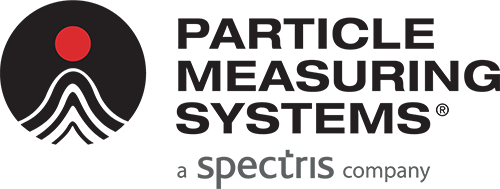The Environmental Monitoring Handbook is a practical guide that covers everything from the technology of particle counting, to the regulatory standards that apply to the pharmaceutical manufacturing industry, to the instrumentation and techniques needed to meet them. The Environmental Monitoring Handbook for Pharmaceutical Manufacturers helps readers understand the topic of EM more holistically and more extensively. With the release of the EU GMP Annex 1 2022 standard, the pharmaceutical manufacturing industry is entering a new era of regulatory requirements. Discover how the new Annex 1 standards, and the adoption of a Contamination Control Strategy (CCS), fit into the larger picture of the industry by downloading the handbook now!
The Environmental Monitoring Handbook for Pharmaceutical Manufacturers is split into three sections:

Chapters in the Environmental Monitoring Handbook are:
- Fundamentals of cleanrooms
- Fundamentals of particle counters
- How ISO and EU GMP Annex 1 regulations apply to cleanrooms
- How to classify a cleanroom
- How to monitor a cleanroom
- Risk assessment: definition and uses
- Portable monitoring best practices
- Microbial monitoring best practices
- Designing an environmental monitoring solution for GMP applications
- Alarm rationale
- Compressed gas applications
This Environmental Monitoring handbook for pharmaceutical manufacturers covers the fundamentals of particle counting and cleanroom designs, which will help establish the baseline of the technology being used to manufacture pharmaceutical and life science products in controlled areas. It will also explain how to demonstrate that control.
The second section looks at the environmental monitoring standards applicable to production areas and the expectation of regulatory bodies governing release to market of aseptic drugs, advanced therapies, medical devices, and non-sterile products.
And finally, once the fundamental principles point the way, the standards and requirements define what is necessary to …
Learn more… get the complete Handbook here

